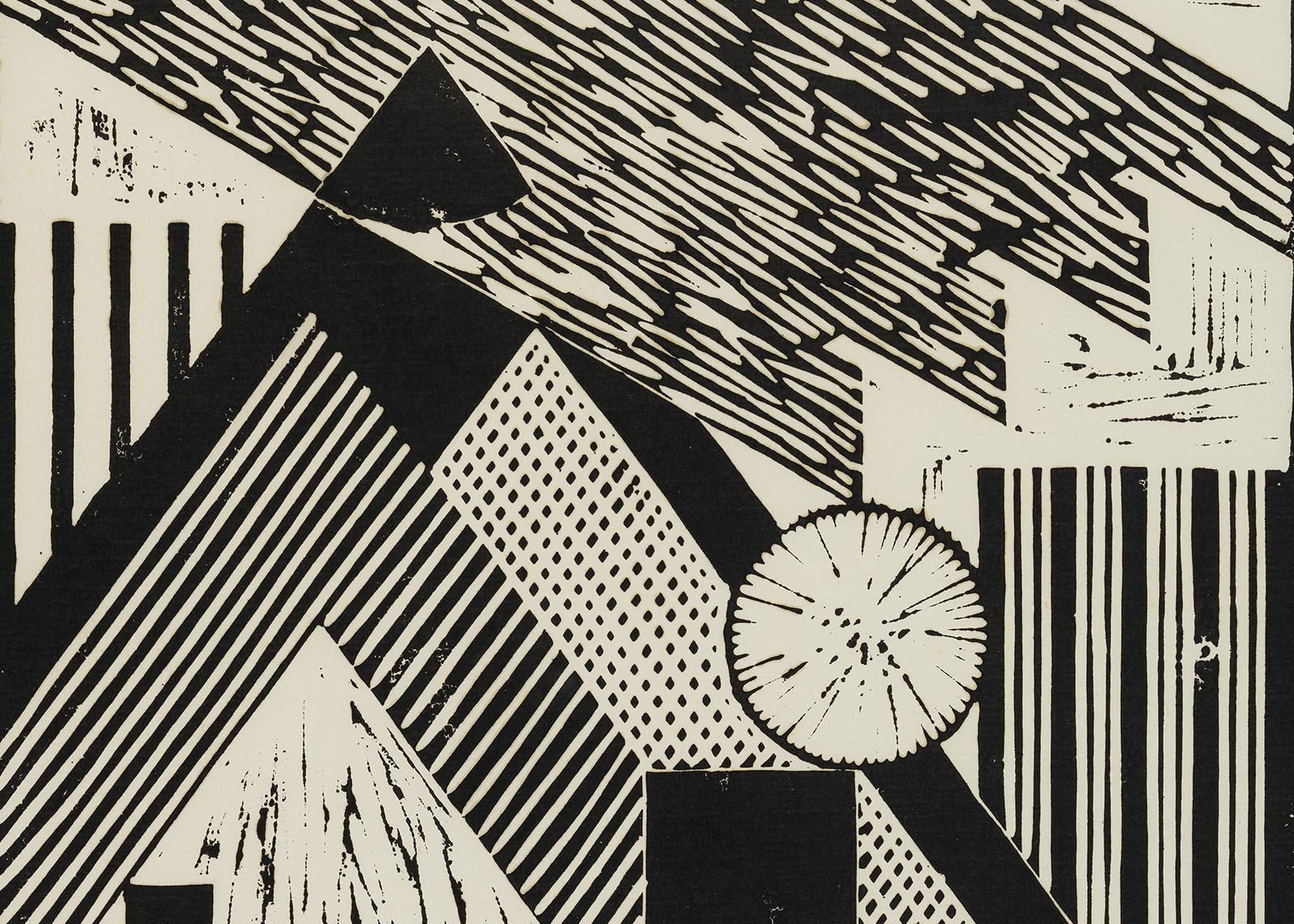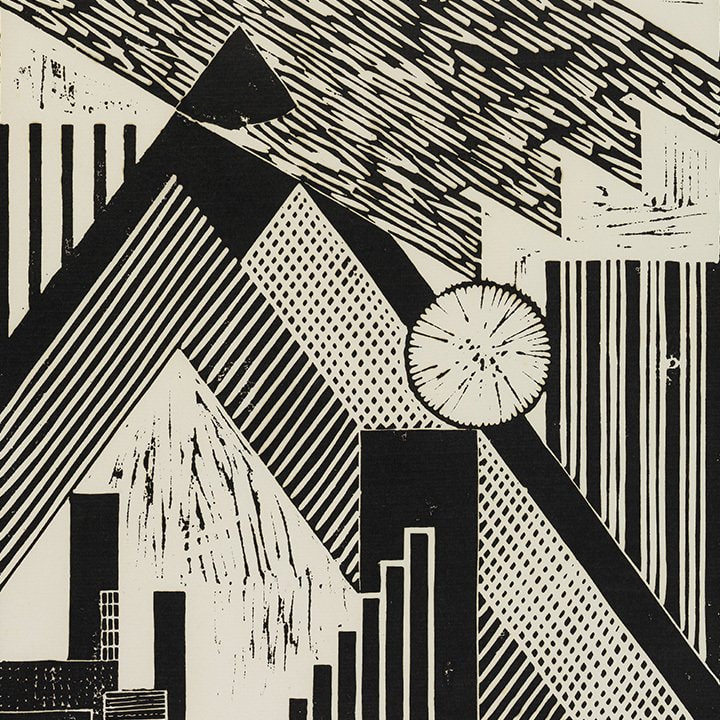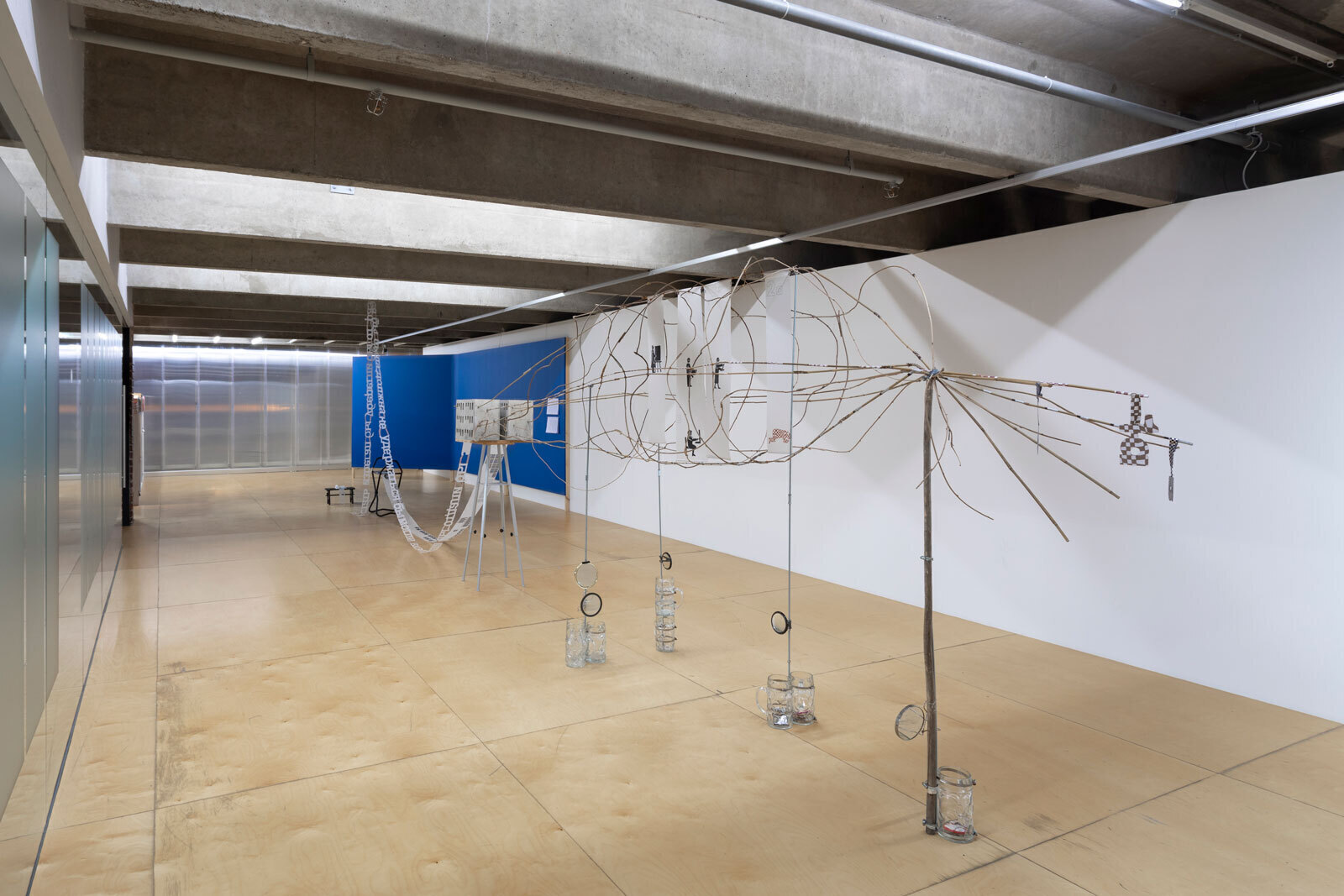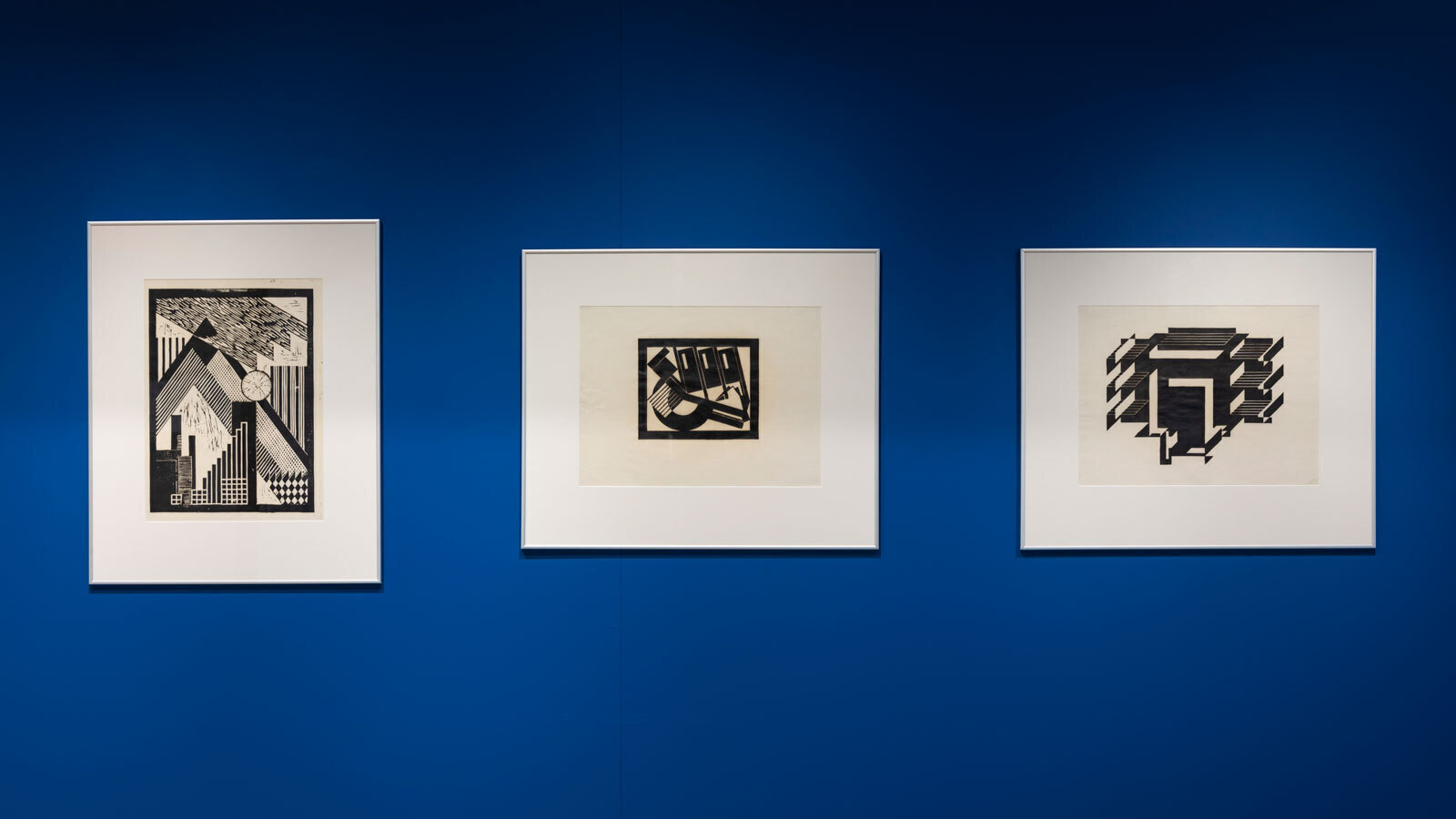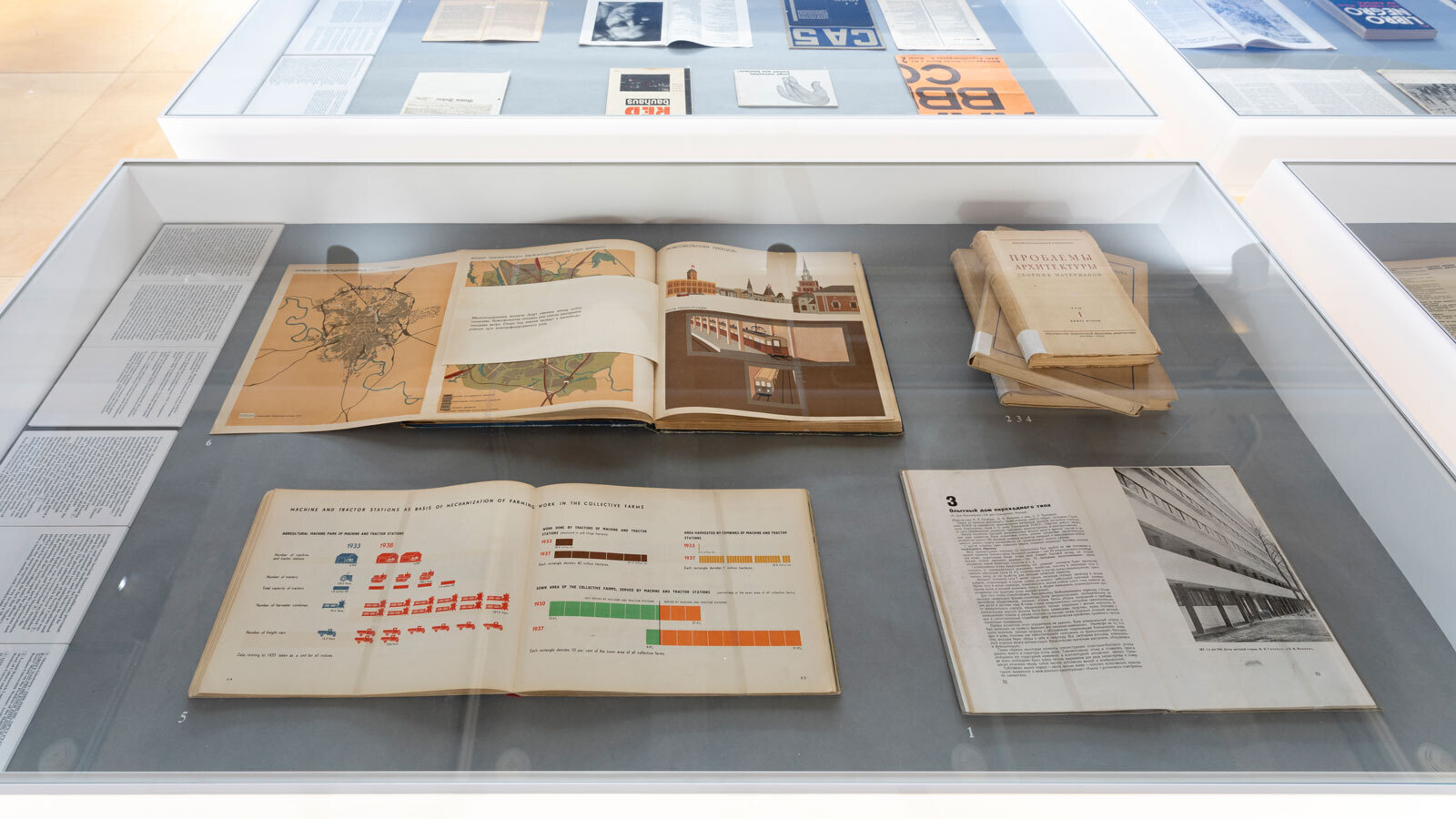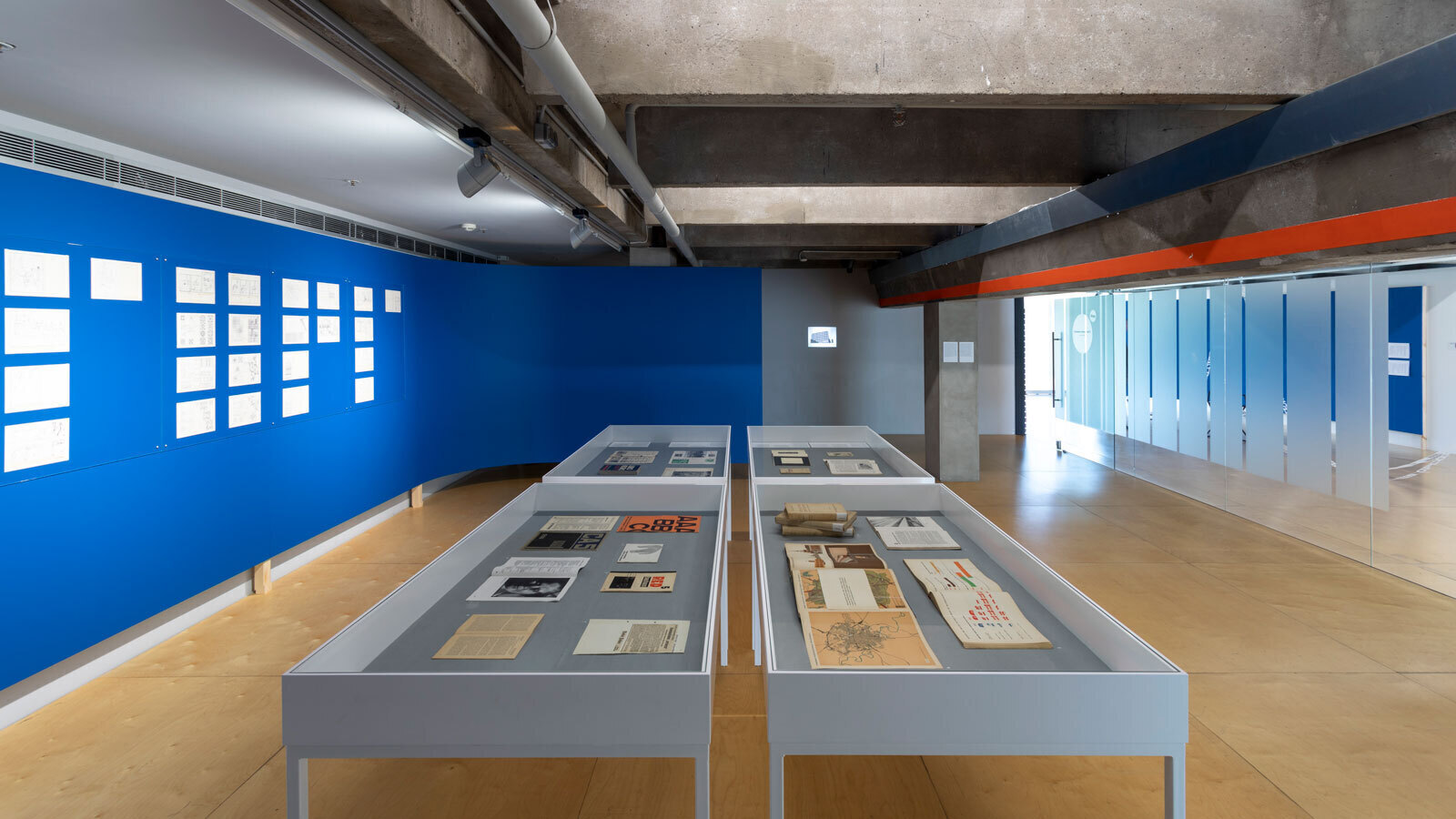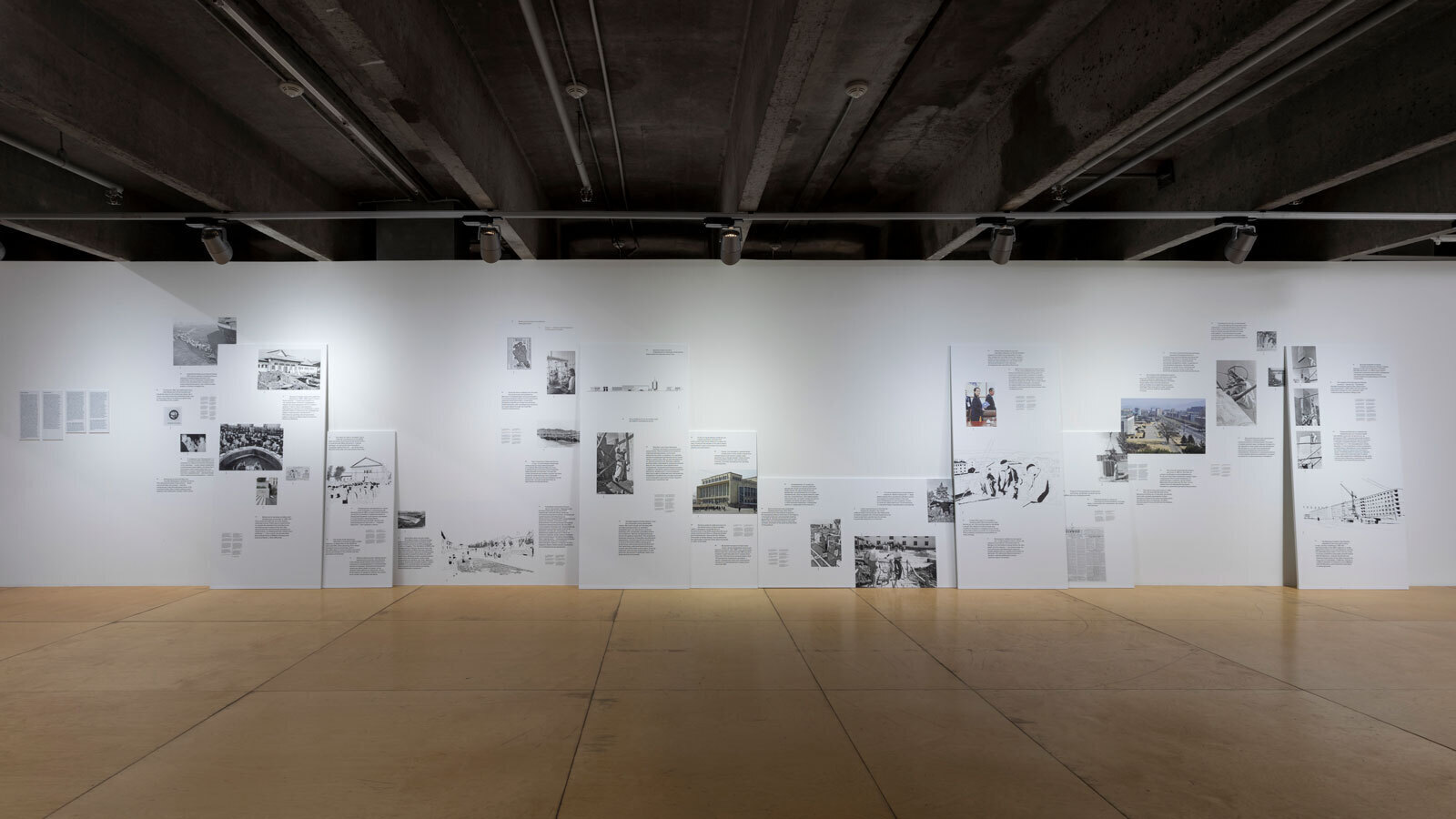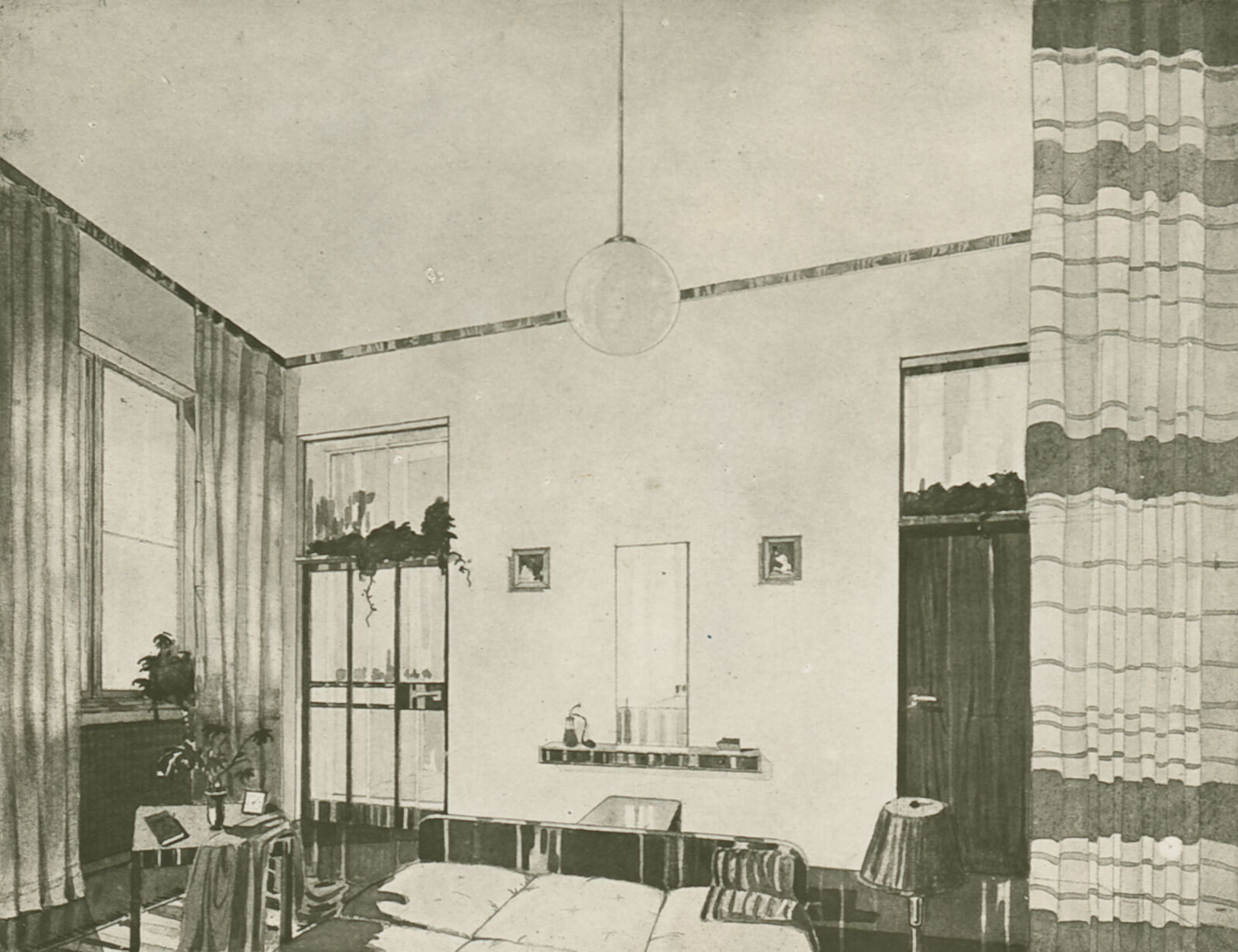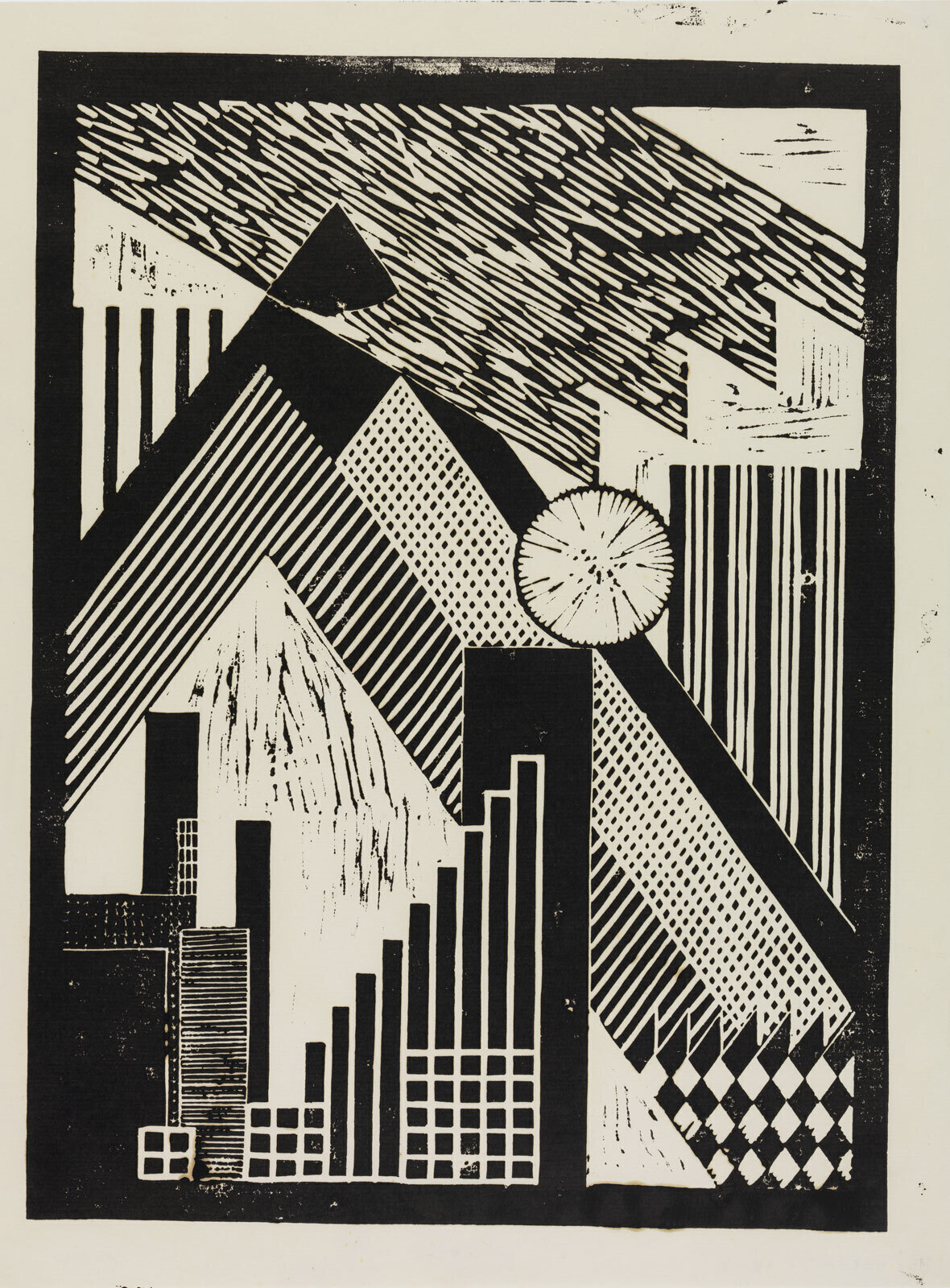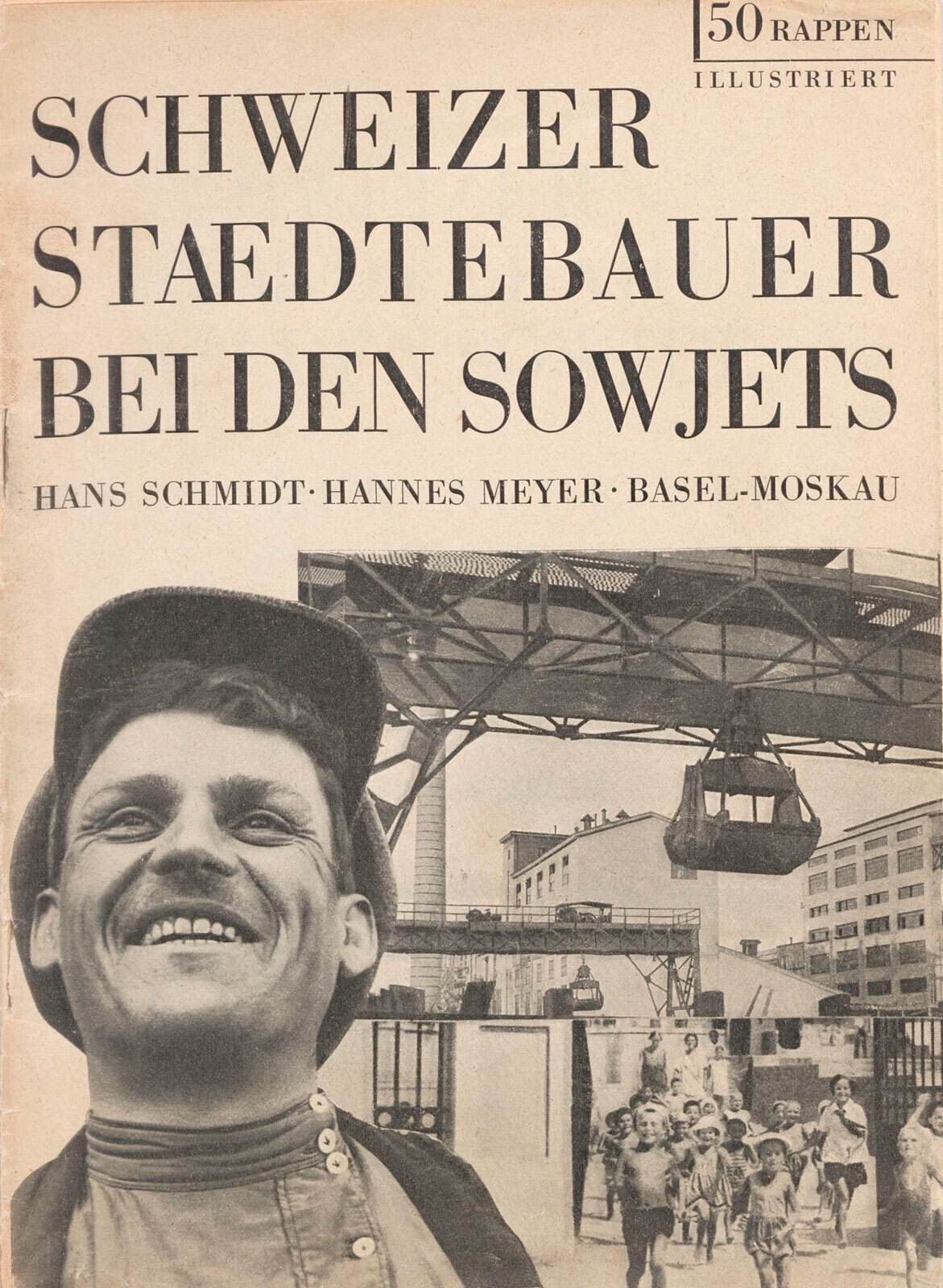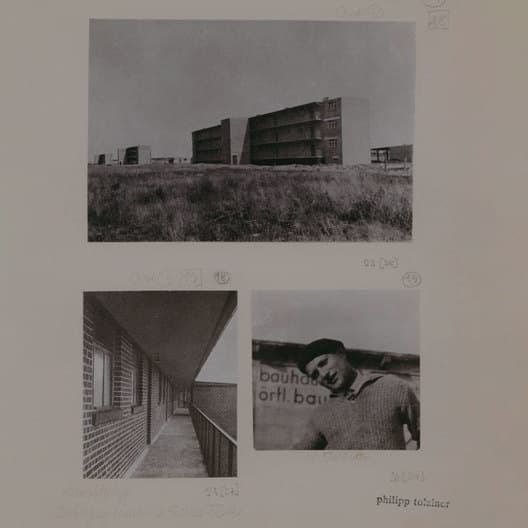Today their private estates are kept in the Bauhaus Archive Berlin, the Bauhaus Dessau Archive, the German Architecture Museum Frankfurt (DAM), the Institute for the History and Theory of Architecture at ETH Zurich, and the Netherlands Architecture Institute. These estates all have their own systems and histories. They express the selection modes and power structures of collecting as well as subjective memory and the partial, precarious status of what is left behind.
Through photographs, letters, collage, scrap book pages, personal notes, diagrams, manifestos, architectural drawings, and city plans, the material describes the architects’ relationship with the Bauhaus Dessau, the Soviet Union, and communist and socialist ideals. It reflects various attempts to write personal and collective history, to memorialise, to figure out ideas about collaborative practice, and address migratory experience, revealing a personal aspect to modernist utopian design histories.
For the exhibition at Garage, contemporary practitioners have been invited to respond to these personal archives and produce a reading of the material relating to the architects’ socialist backgrounds and their work in the Soviet Union. Each of the invited practitioners produces a proposal for how to contextualize archival knowledge. These different takes on the archive correspond with the subjective nature of storytelling by the Bauhaus architects themselves.
Archival responses have been commissioned from an international group dealing with geopolitical, social, and design histories: the artist Alice Creischer, the theorist Doreen Mende, and the researchers Tatiana Efrussi and Daniel Talesnik. The exhibition will comprise these responses and will include material generated through participants’ readings as well as original archive material selected by the curators. The architecture and design group Kooperative für Darstellungspolitik advise on exhibition design.
As part of the exhibition’s public program, artist Wendelien van Oldenborgh will present her research for a new commission that explores the life and contemporary legacy of Lotte Stam-Beese, who, after implementing her ideas in Orsk in the Soviet Union, moved to the Netherlands in 1935 and became famous for the reconstruction of Rotterdam after World War II. The work will be completed for the centenary exhibition at Haus der Kulturen der Welt (HKW) in 2019.
The Bauhaus was an innovative school for architecture, art, and design that existed for fourteen years. Founded in Weimar in 1919, it relocated for political reasons to Dessau in 1925 and to Berlin in 1932, where it was closed by the Nazis in 1933. In spite of its short existence, the school forged a new pedagogy in which students learned with and from materials to meet new societal needs after the catastrophe of World War I. The focus of teaching and learning at the Bauhaus was less on individual works of art than on building processes and the collaborative efforts they require. Bauhaus teachers and students were engaged in radically rethinking life, society, and the everyday world for a new design ethos. In refusing to accept seemingly given certainties and traditions, the Bauhaus tried to overcome the division between fine arts and crafts. Under its three directors—Walter Gropius, Hannes Meyer, and Ludwig Mies van der Rohe—the school continuously developed new ideas. Teachers and students actively participated in international modernist networks and migrated to various parts of the world after the school was closed. Bauhaus methods and ideas continue to be adapted and translated internationally.
bauhaus imaginista is organized by Garage Museum of Contemporary Art (Moscow) in cooperation with the Bauhaus Cooperation Berlin Dessau Weimar, Goethe-Institut, and Haus der Kulturen der Welt (HKW), Berlin on the occasion of the centenary of the Bauhaus.
bauhaus imaginista. Moving Away: The Internationalist Architect is curated by Marion von Osten and Grant Watson in collaboration with Anastasia Mityushina, Garage curator, and the art and architecture historians Anja Guttenberger, Thomas Flierl, and Daniel Talesnik.
